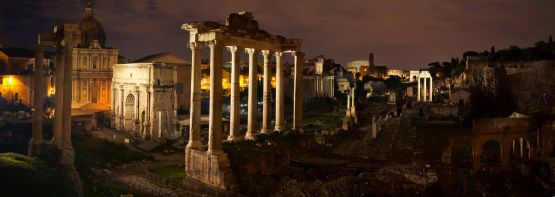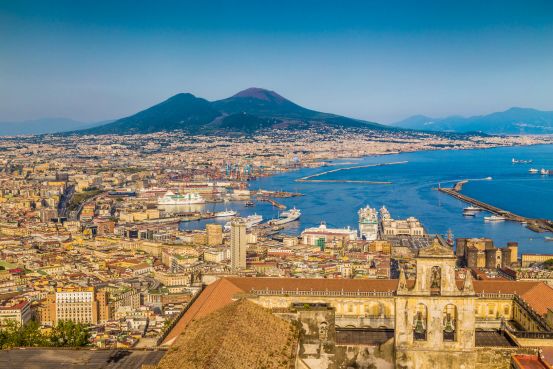The history of Ostia Antica stretches far back in time: according to tradition, although not yet confirmed, to the 6th Century B.C., when it was founded by King Ancus Martius as the first Roman colony.
In reality, the oldest remains of Ostia only date back to the 4th Century B.C. and belonged to the first fortified citadel. The name Ostia comes from the Latin "ostium", meaning mouth of the Tiber.
The sheer size and number of buildings found in the excavations of Ancient Ostia rival those of Pompeii and you can enjoy Walking Tours of Ostia in the company of one of our Licensed Expert Guides
For a long time Ostia was Rome's only river port, where large freight ships that arrived here had unload their cargo onto smaller boats that were able to go up the river to Rome. The barges, drawn by long lines of buffalo moving along the banks, reached the harbor of Forum Boarium, located near the Isola Tiberina.












